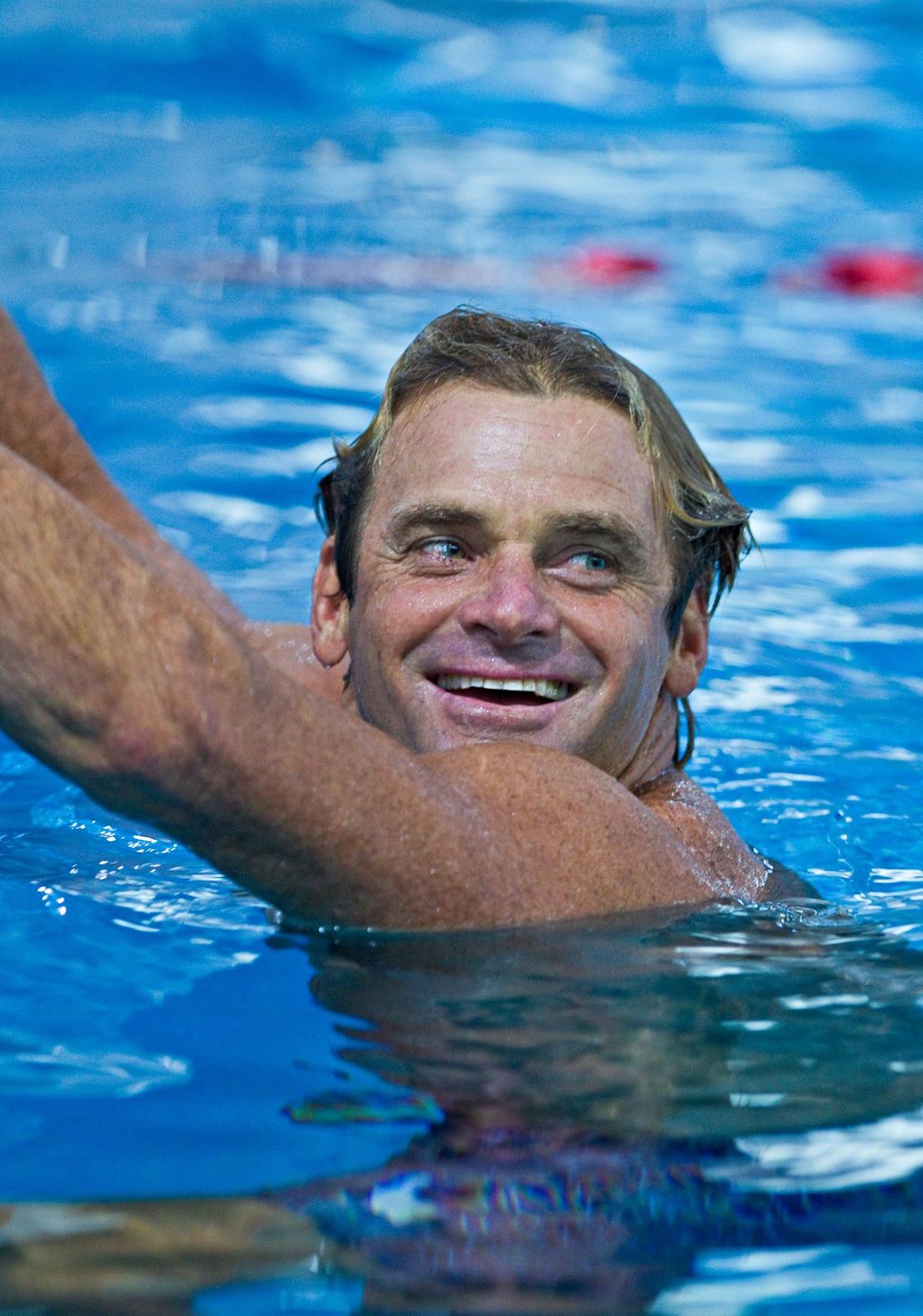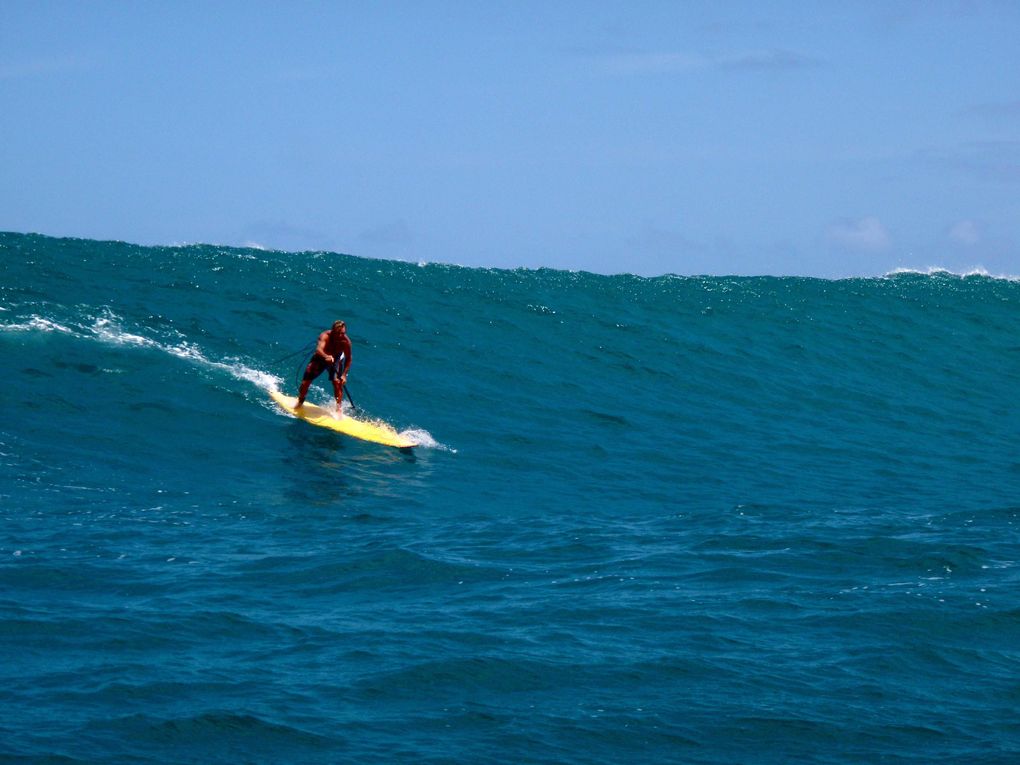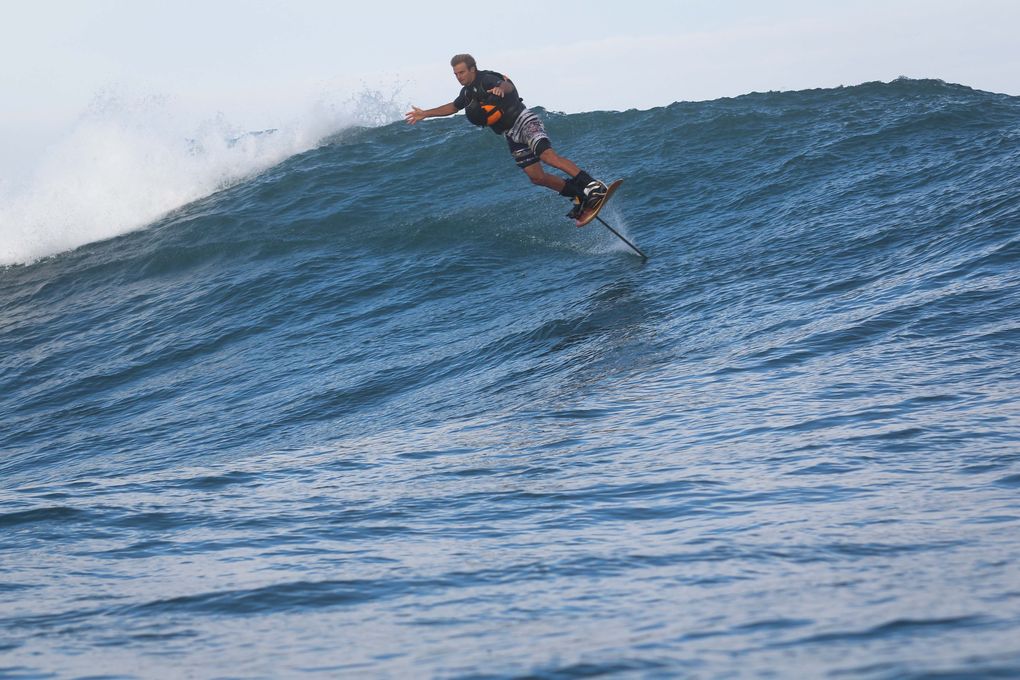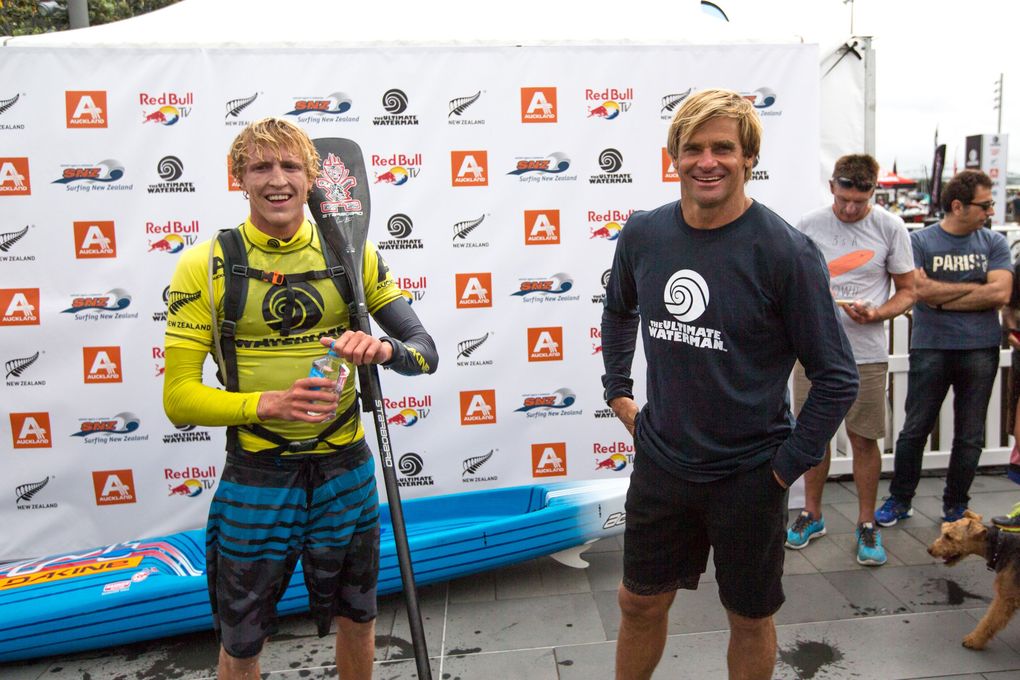“I think there are a certain percentage of us that in the interests of mankind have a mechanism that allows us to go against all of our cautiousness. We’re using that same mechanism that was a human condition for the evolution of our species.”
The man behind the words is Laird Hamilton, the greatest big wave surfer of all time and a pioneer in the world of board sports and beyond. He’s sitting opposite me at a small table in an inconspicuous cafe in Piha, a small coastal settlement in New Zealand.
“There’s not a person who’s great at what they do who didn’t think that they could be great when they started…”
Laird has left his Hawaiian home to fulfil his duties as an ambassador of the Ultimate Waterman, a contest which aims to find the world’s best all-round water-based athlete through a series of gruelling challenges.
In truth, Laird is the ultimate waterman. He’s invented or popularised a whole host of disciplines, from stand-up paddling to foil boarding to tow-in surfing, which allowed riders to catch waves above 20ft for the first time.
He’s taken on 70ft waves when nobody else thought possible, and revolutionised the entire big wave scene in the process. He’s shaped the manner in which we tackle the ocean time and time again, risking his life against the unknown like none other on the planet. And he knows the impact that he’s had.









